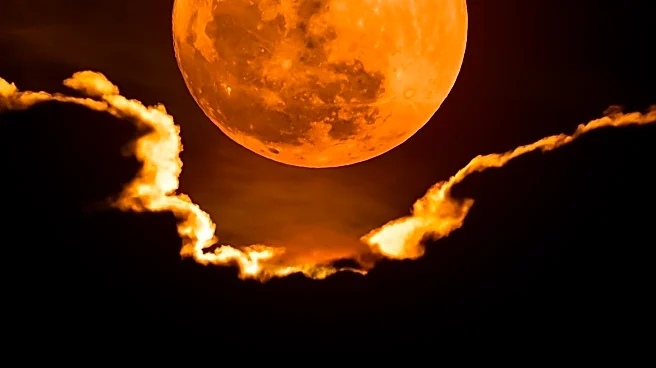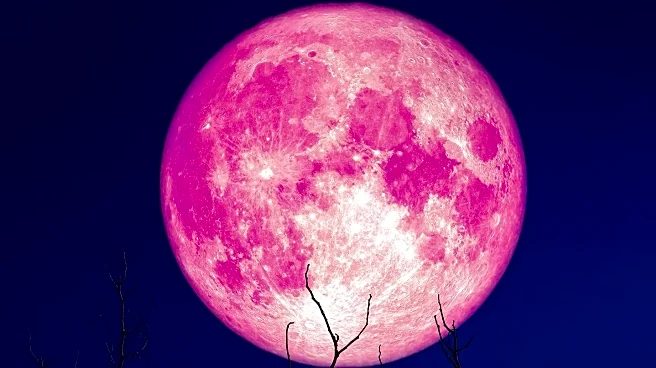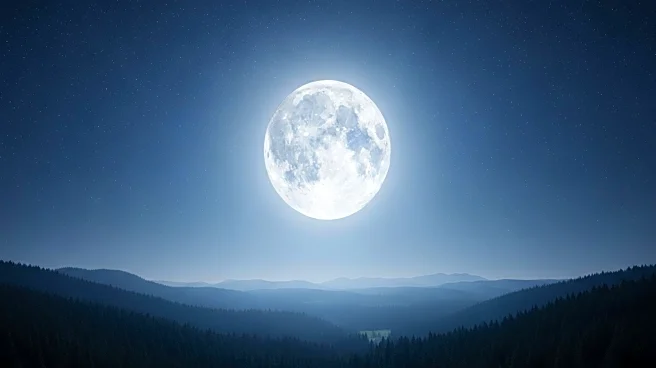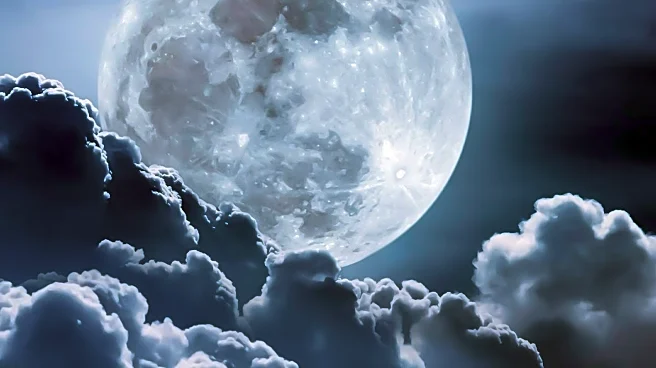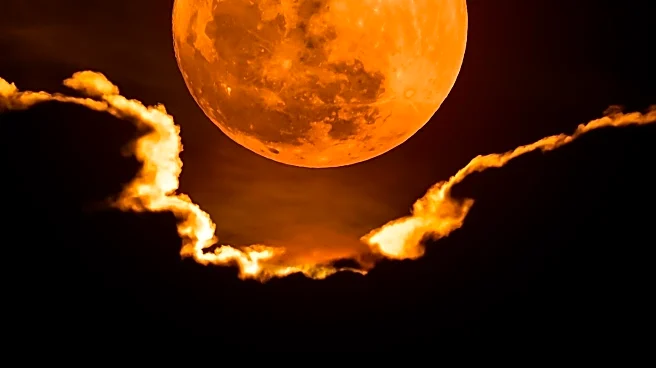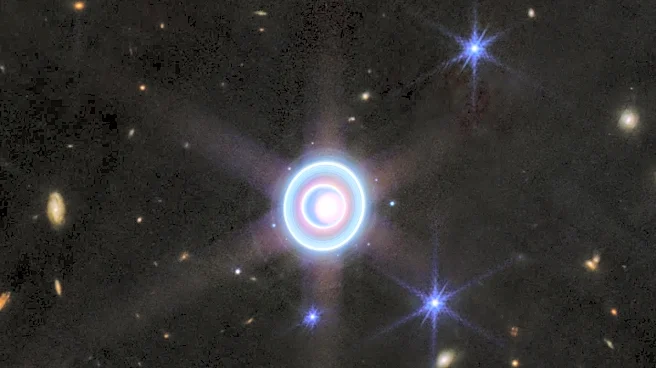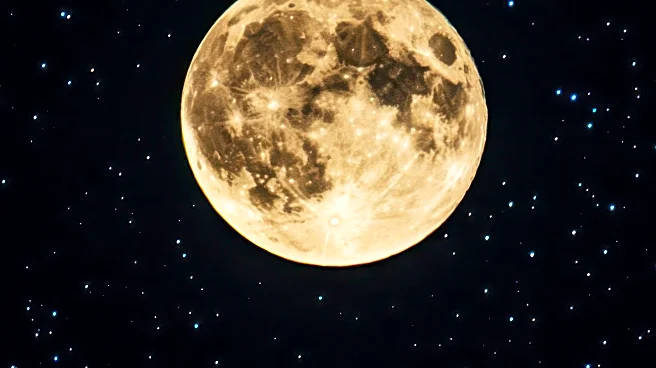What's Happening?
The Harvest Moon, a significant lunar event, will be visible on October 6, 2025, marking the first full supermoon of the year. This phenomenon occurs when the full moon is closest to the autumnal equinox, providing bright moonlight for several nights. Traditionally, this allowed farmers to extend their harvest activities into the night. This year, the Harvest Moon appears in October rather than the usual September, a rare occurrence that happens approximately once every three years. The last October Harvest Moon was in 2020, and the next will be in 2028.
Why It's Important?
The Harvest Moon holds cultural and agricultural significance, particularly for farmers who rely on its light to extend their working hours during the harvest season. Its occurrence in October instead of September is noteworthy, as it highlights the moon's proximity to the equinox, affecting its brightness and timing. This event is also a reminder of the traditional practices of Native Americans and early colonists, who named the moon based on its utility during the harvest period. The Harvest Moon's appearance as a supermoon adds to its visual impact, drawing interest from astronomers and the general public alike.
What's Next?
Following the Harvest Moon, the next full supermoons in 2025 are scheduled for November 5 and December 4. These events continue to offer opportunities for observation and appreciation of lunar phenomena. The cyclical nature of the Harvest Moon and its occasional shift to October may prompt further study into lunar cycles and their historical impacts on agriculture and culture.
Beyond the Headlines
The Harvest Moon's occurrence in October instead of September may influence cultural events and celebrations tied to the lunar calendar. It also serves as a reminder of the interconnectedness of natural phenomena and human activities, particularly in agriculture. The moon's role in traditional farming practices underscores the importance of understanding and adapting to natural cycles.

